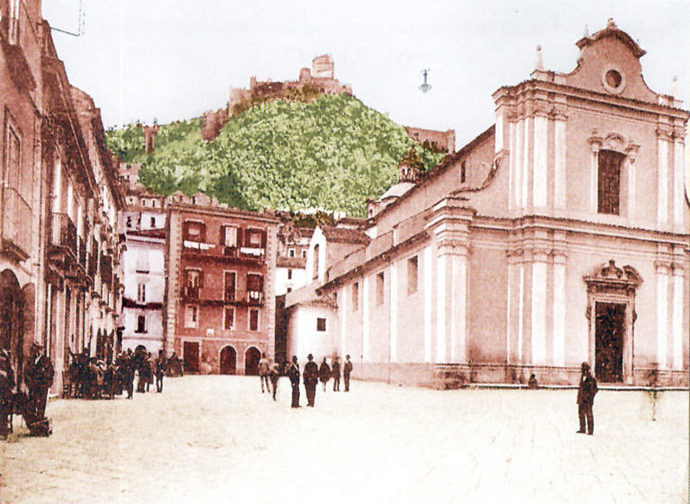Saint Germanus of Capua
He dedicated himself to an intense spiritual life through prayer, penance and the reading of Christian writings. In his Dialogues, Pope Gregory the Great reports two episodes relating to Germanus

The doctrine and wisdom acknowledged to St Germanus of Capua († 540/541), friend of St Benedict, were important in settling a schism with the East that had lasted for 35 years. Before being chosen for this mission, Germanus had demonstrated that he was a man totally focused on God.
He was born into a wealthy family. When his father died he sold his goods and donated the proceeds to the poor. He dedicated himself to an intense spiritual life through prayer, penance and the reading of Christian writings. When Bishop Alexander died around 516, it was natural for the clergy and people of Capua to ask Germanus to succeed him: the saint did not feel up to the task, but after an initial resistance he accepted.
Pope Hormisdas chose him to lead the delegation, the third in four years, which in 519 left for Constantinople to heal the so-called Acacian schism, which had begun in 484 because of the ambitions of the then Patriarch Acacius (†489). The latter had written the Henoticon, a deliberately vague document that ignored the decrees of the Council of Chalcedon and gave the nod to the Monophysite heresy, which attributed only divine nature to Christ. The Henoticon was nothing more than Acacius’ attempt to free himself from the authority of the Pope and to affirm the primacy of Constantinople over all the churches of the East. Except for the partial success of the first deputation with some Eastern bishops, the first two delegations had failed in their attempt to put an end to the schism: they had not succeeded in getting the confession of faith prepared by Saint Hormisdas, which thirteen centuries later would be quoted by the First Vatican Council.
The political and religious situation changed with the ascent to the throne of Emperor Justin and the election of Patriarch John. This favoured the mission of Germanus and his companions, received with great honour in Constantinople: in short, all the Pope's requests were accepted. And on Holy Thursday of 519, in the cathedral of the city, the newfound communion with the Catholic Church was celebrated. The delegation returned home over a year later to consolidate reconciliation with the other Eastern churches.
In his Dialogues, Pope Gregory the Great reports two episodes relating to Germanus. In the first one he recounts that one day the soul of deacon Pascasio appeared to the saint, freed from the pains of Purgatory thanks to the prayers of the Bishop of Capua. The second relates to St Benedict, who on the night of his friend's death (datable to 30 October 540 or 541) was in Montecassino in the tower of his monastery and, while he was deep in prayer, saw the soul of St Germanus raised to heaven by angels in a globe of fire. Because of the translation of part of his relics and the link with St Benedict, the city of Cassino was called “San Germano” for several centuries (in the photo above, the Perinsigne Collegiata di San Germano, in Cassino, before the bombing of 1944).


